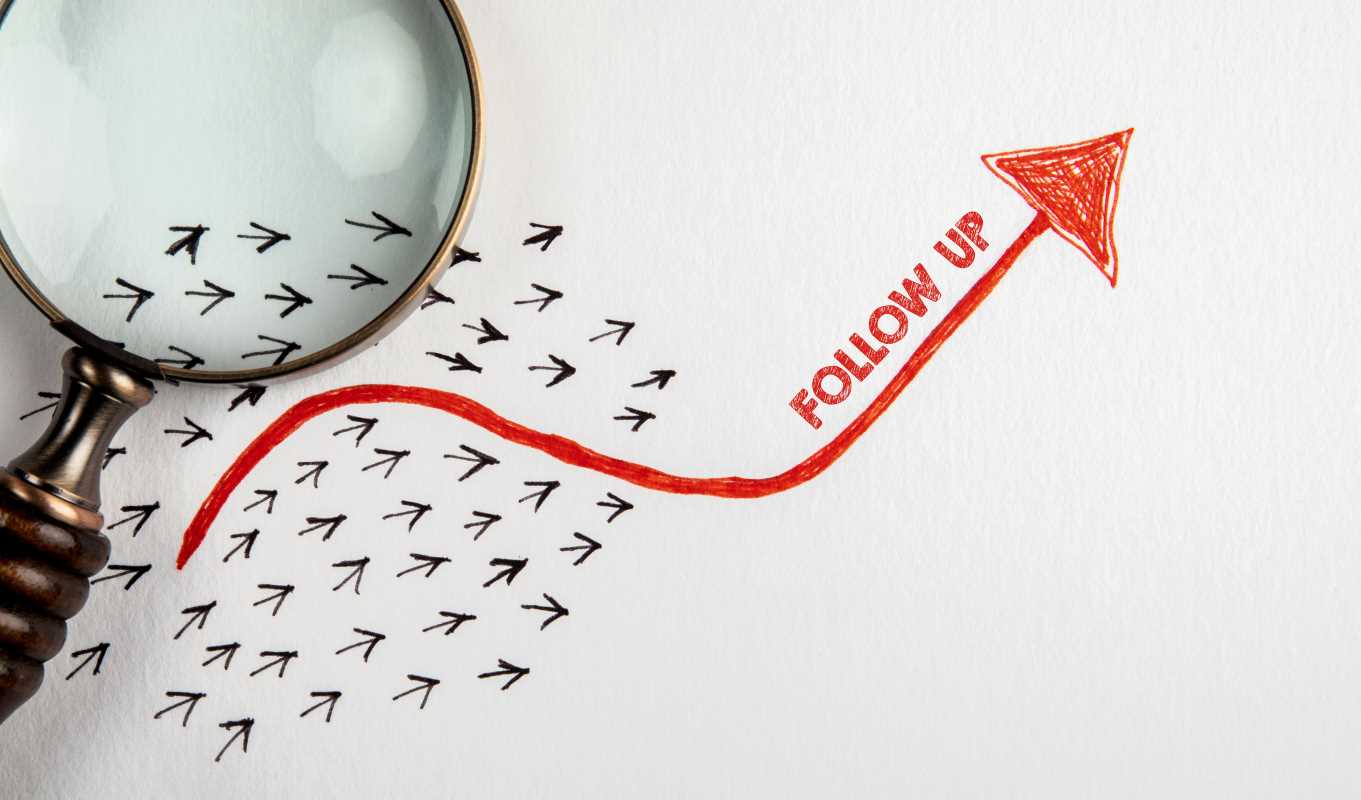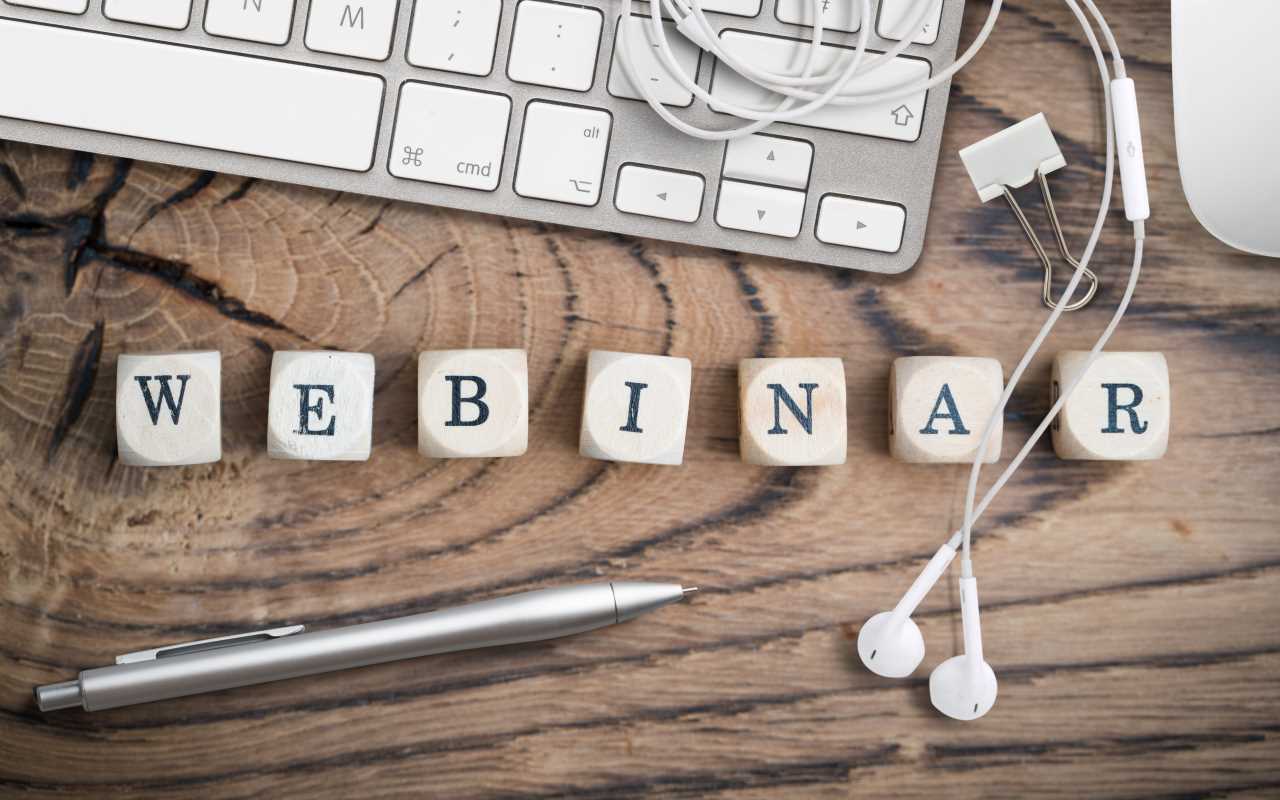You sent the email. It was a great email—thoughtful, well-written, and it ended with a clear, simple question. You were confident you’d get a reply. A day passes. Silence. Then another day. Now, the internal debate begins. Should you follow up? Will you seem desperate? Annoying? Pushy? This feeling of hesitation is universal. We all know that following up is crucial for everything from landing a job to closing a deal, yet the fear of being a pest often paralyzes us. The good news is that there's a science to following up effectively, one that replaces anxiety with a confident, strategic approach. It's not about nagging or demanding a response. It’s about understanding the psychology of why people don’t reply and using that knowledge to send messages that are helpful, respectful, and genuinely welcome. By mastering this skill, you can stay top-of-mind and move conversations forward without ever feeling pushy.
Why People Don't Reply (It's Probably Not You)
The first step in shedding your follow-up fear is to understand that a lack of response is rarely a personal rejection. Our brains are wired to interpret silence as a negative outcome, but the reality is usually far more mundane. People are busy. Their inboxes are overflowing. Your carefully crafted message arrived while they were in a meeting, dealing with a crisis, or simply overwhelmed.
Psychologically, this is often a case of "attentional blindness." The recipient might have seen your email, fully intended to respond, but then got distracted by a more urgent task. Your email, while important, simply fell off their mental radar. Other common reasons for non-response include:
- Decision Fatigue: The person may need to consult with someone else or think through their answer, and they keep putting it off.
- Simple Forgetfulness: They read it on their phone, made a mental note to reply from their laptop later, and then completely forgot.
- Uncertainty: They might not know the answer to your question and feel embarrassed to admit it.
When you reframe a non-response as a symptom of busyness rather than a personal slight, following up becomes an act of help. You are simply bringing a forgotten item back to their attention.
The Art of Timing and Tone
How and when you follow up is just as important as what you say. Getting the timing and tone right is critical to being perceived as helpful instead of demanding.
How Often Should You Follow Up?
There's no single magic formula, but a good rule of thumb is the "3-5-7" approach for initial outreach. Send your first follow-up 3 business days after the initial email. Send a second one 5 business days after that, and a final one 7 business days later. This cadence is frequent enough to stay on the radar without being overwhelming. After three or four attempts with no response, it’s usually best to let it go.
For ongoing relationships or after a meeting, a follow-up within 24 hours is standard. If you don't hear back after that, waiting about a week before a gentle nudge is appropriate.
Setting the Right Tone
Your tone should always be light, positive, and assume the best. Avoid any language that sounds accusatory or impatient. Phrases like "Just following up on my last email" or "As per my last message" can come across as passive-aggressive.
Instead, use collaborative and understanding language. The goal is to make it easy and stress-free for them to reply. Keep your message brief and to the point. The recipient is already busy, so a long, rambling follow-up will only add to their cognitive load.
Crafting the Perfect Follow-Up Message
A great follow-up message has three key components: it provides context, adds value, and includes a clear, simple call to action.
1. Provide Context Briefly
Start by gently reminding them of the original message. Don't make them dig through their inbox to figure out who you are or what you wanted.
- Instead of: "Just checking in."
- Try: "Just wanted to follow up on the email I sent last week about collaborating on the webinar."
This immediately orients them and saves them mental energy.
2. Add New Value
This is the most powerful technique for avoiding the "pushy" feeling. Instead of just asking for a reply, offer something new and helpful. This changes the dynamic from you taking their time to you giving them something of value.
- Share a relevant article: "I saw this article about trends in your industry and thought you might find it interesting."
- Offer a new insight: "I was thinking more about our conversation, and it occurred to me that..."
- Provide a resource: "You mentioned you were struggling with social media engagement. This guide has some great tips that helped my team."
By adding value, your follow-up becomes a welcome update rather than a nag.
3. Make the Ask Easy
End your message with a simple, low-effort call to action. Make it as easy as possible for them to respond. Often, a simple "yes/no" question is best.
- High-Friction Ask: "What do you think about my proposal?" (This requires them to read, process, and formulate a detailed opinion).
- Low-Friction Ask: "Does a collaboration on a webinar sound interesting to you? A simple 'yes' or 'no' is totally fine!"
This gives them an easy out and removes the pressure of crafting a long reply.
Follow-Up Examples for Different Scenarios
Let's see how these principles apply in real-world situations.
Scenario 1: Following Up After a Job Application
(Wait 1-2 weeks after the application deadline)
Subject: Following up on the Marketing Coordinator Application
Hi [Hiring Manager Name],
I hope you're having a great week.
I’m writing to follow up on my application for the Marketing Coordinator position. I’m very enthusiastic about the opportunity to potentially bring my skills in content strategy and social media management to the team at [Company Name].
Is there any additional information I can provide to assist with the decision-making process?
Thank you for your time and consideration.
Best,
[Your Name]
Scenario 2: Following Up with a Potential Client After a Proposal
(Wait 3-5 business days)
Subject: A few more thoughts on the website redesign
Hi [Client Name],
Just wanted to gently follow up on the proposal I sent over last Tuesday.
I came across a recent case study on how a similar company in your industry increased their leads by 30% after a site redesign, and it made me think of you. You can see it here: [link].
No pressure to respond right away, but does the proposal still align with your current priorities?
All the best,
[Your Name]
Scenario 3: The "Break-Up" Email
(After 3-4 unanswered follow-ups)
Subject: Closing the loop
Hi [Contact Name],
I’ve sent a few emails regarding [topic] and haven’t heard back, so I’ll assume your priorities have shifted or now isn’t the right time to connect.
I’ll pause my outreach here, but please feel free to get in touch anytime if this becomes relevant or if I can help in the future.
Wishing you all the best,
[Your Name]
 (Image via
(Image via





